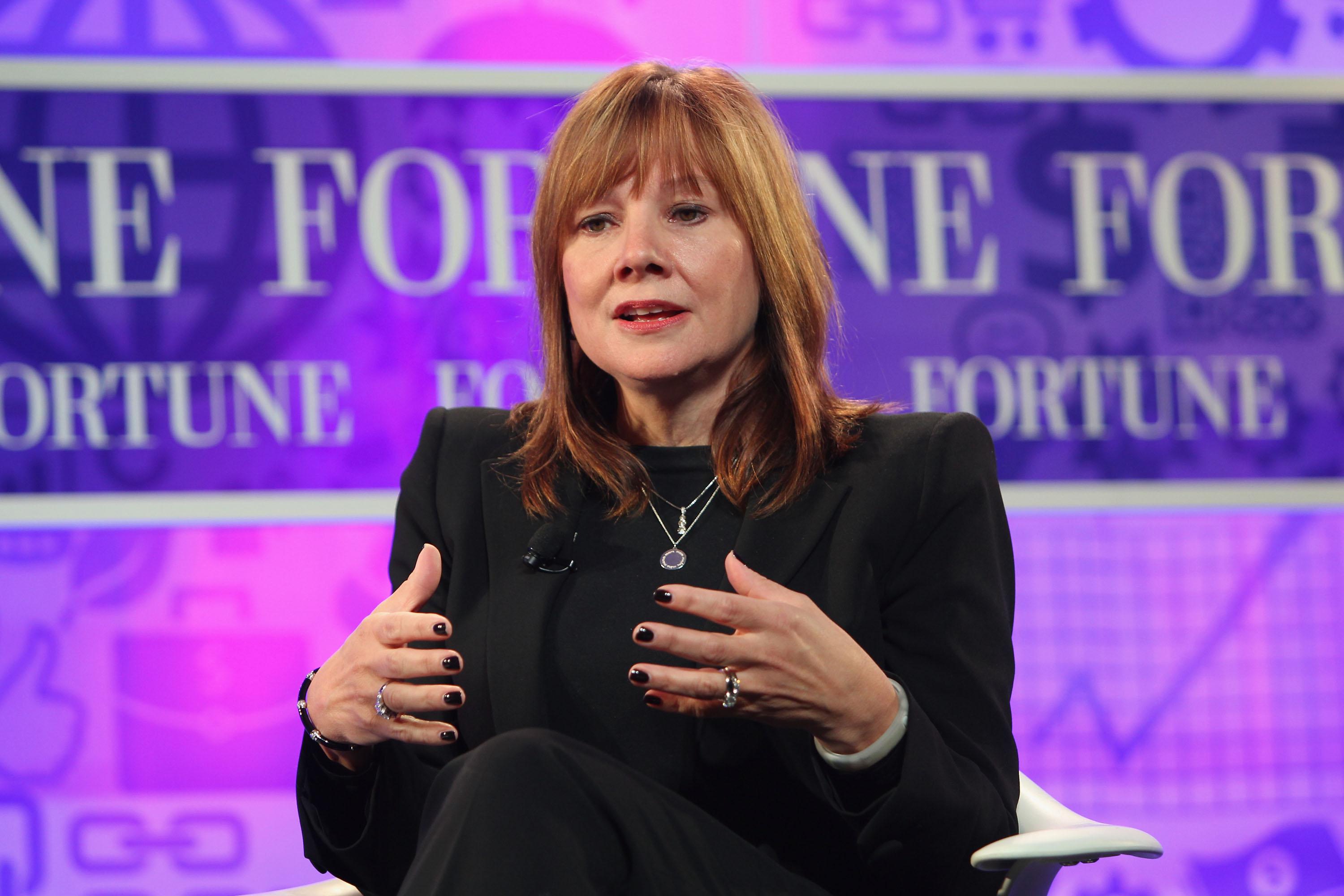This week, General Motors tapped longtime GM employee and executive Mary Barra to be its next CEO. In January, she’ll become the first woman to head up a major international car company. “There’s nobody with more years of honest ‘car-guy’ credentials than she has,” University of Michigan business professor Erik Gordon told the Associated Press. “She started off as a little-girl car guy. She became a big-girl car guy and now she’s a woman car guy.”
The long road from “little-girl car guy” to “woman car guy” has not been a totally smooth ride, as evidenced by the fact that a business professor cannot adequately explain what the hell just happened without sounding utterly ridiculous. As the Atlantic’s Jordan Weissman puts it, “car guy” is a Detroit “honorific bestowed upon those who live and breath design and engineering,” and it’s not just a clever name—the auto industry workers who earn the title are typically dudes. But Barra is certainly a car, uh, person. Her father was a Pontiac die maker. She joined GM at 18, studied electrical engineering at General Motors Institute, rode a GM scholarship to a Stanford MBA, and took on a wide range of roles within the company along the way, from managing an assembly plant to running GM internal communications to heading up global product development and HR.
And yet Barra is still a gal, and that’s a fact that has not been lost on the company or the outside experts who track its movements. A June Auto News profile of Barra spoke to her status as a “corporate survivor” and a natural pick for CEO, but it also aired a variety of loosely sourced complaints about her credentials from inside and outside of GM. Like her “vanilla style,” which “probably didn’t help” endear her to employees. Evidence of Barra’s blandness includes the fact that she has not suited up for high-octane racetrack photo ops like certain other GM executives. (Are you really a “car guy”? Pics or it didn’t happen.) And unlike Bob Lutz, who served as GM’s vice chairman of global product development until 2009, Barra does not fly her own helicopter to work. (The car-guyiest car guys do not actually drive cars.)
Barra’s stint heading up GM’s human resources department also caused some grumbling when her name was floated for CEO. “She had a difficult time getting credibility because she was in HR before, even though she is an engineer,” industry consultant Rebecca Lindland told Auto News. “It’s sexism, and I think it’s the HR title.” That’s true even though Barra used her position to cut down on HR’s influence across the company, “slashing the number of required HR reports by 90 percent and shrinking the company’s employee policy manual by 80 percent,” Auto News reports. She also freed employees to start wearing jeans, an apparently controversial move. (Everybody knows a car guy prefers khakis.)
Perhaps it wasn’t the blue jeans, the vanilla, or the conspicuous absence of a personal helicopter that raised questions about Barra’s ascendancy, but rather some … other quality of her person. “I don’t get the impression that she has gasoline running through her veins,” is how auto consultant John Wolkonowicz put it.
Nevertheless, Barra will be CEO come January, and as long as we’re mining Barra’s personal qualities for clues to her competence as a boss, her appointment comes with its upsides for GM. For Fortune 500 companies, naming a female CEO (Barra will be the 23rd) still connotes a company’s embrace of changing times in the public mind, and GM could use a bit of a rebrand. (As my colleague Matt Yglesias notes, with Barra’s appointment, GM’s board of directors will now be only 66 percent male, which counts as progress.)
Consumers are changing, too: Women are increasingly making financial decisions about cars. In 2010, they made 38.5 percent of new car purchases in the United States, compared to 36 percent in 2006. Minority women are driving that market: Among Asian-Americans, women made up 49 percent of new buyers; 41.6 percent of Hispanic buyers were women. But so far, women are not investing in GM: Among female buyers in 2010, GM-owned Chevrolet came in fourth after Toyota, Honda, and Ford. Within the company at least, Barra has demonstrated an interest in making automotive culture more accommodating for women: While pregnant, Barra called on GM senior management to start talking about “diversity and women’s issues” and says she found the car guys receptive: “A lot of women’s issues are men’s issues as well.” Like figuring out which car to buy.
